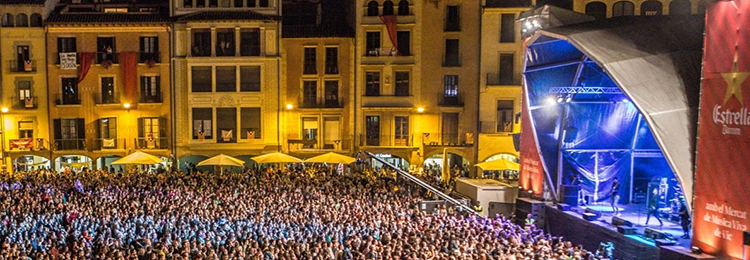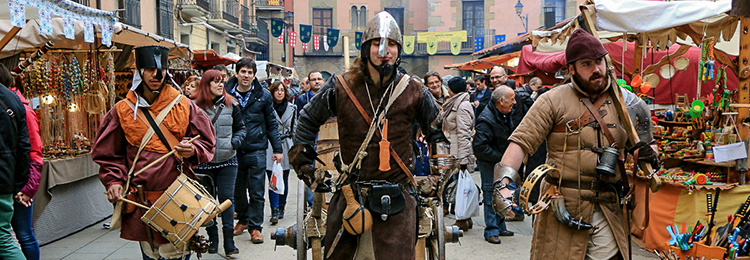The best of the City of Vic and Catalan Culture
Vic
Midway between the Pyrenees and the Mediterranean, seventy kilometres north of Barcelona, lies Vic, a thriving market town, which attracts people from far and wide. Its colourful past, still evident in the streets and squares of its historic centre, intertwines with its present-day diversity. Vic is rich in contrasts, blending the traditional with the modern, rural life with cutting-edge technologies, the tranquility of a small town with the gaiety of local festivals. Its wealth of museums, archives, historic monuments and associations bear witness to the city’s civic, cultural and artistic heritage. As the capital of Osona, Vic provides a wide range of administrative, health, educational and social services to an area of 150,000 inhabitants and has an economy based mainly on trade, industry and services.
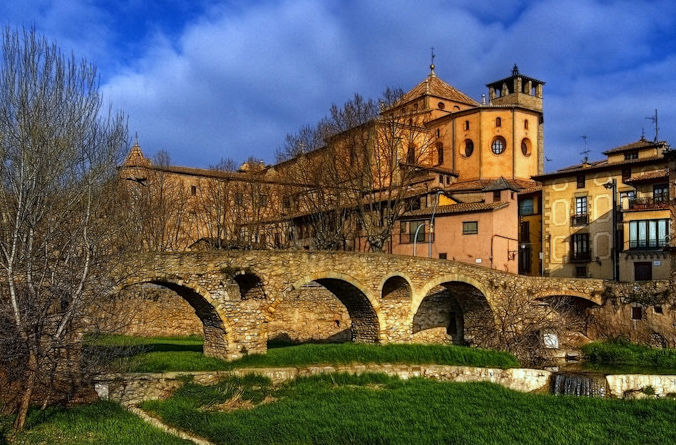
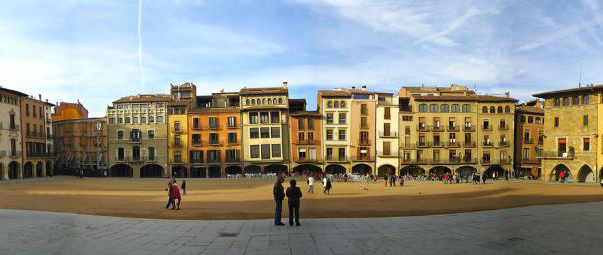
Average cost of living
The average monthly cost of living in Vic is approximately €550.
This can be broken down as follows:
- Accommodation: €150 - €250 (per room) / €600 - €800 (per flat) / €390 - €800 (Halls of Residence)
- Food and drink: €160 - €240
- Insurance: €125 - €520 (depending on home country and length of stay)
- Other: €100
Surroundings
Vic is in a privileged and strategic location. You don't need to go very far to find completely different scenery:
WINTER
Pyrenees: 90 min. approx. by car or bus

SPRING
Pantà de Sau: 30 min. approx. by car or bus

SUMMER
Costa Brava: 60 min. approx. by car or bus

FALL
Montseny: 40 min. approx. by car or bus
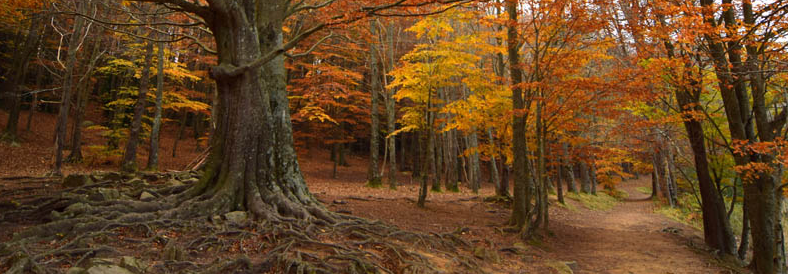
Fairs and markets
Mercat de Música Viva
Mercat Medieval
Mercat del Ram
Made by Oliver Astrologo
Language
Catalonia has two official languages. Spanish and Catalan, both of which are widely spoken. The legal framework of the Catalan language varies according to the region. Andorra, Catalonia, the Balearic Islands, Valencia, Northern Catalonia, La Franja and Alghero have varying degrees of legal recognition, ranging from Catalan being the only official language (Andorra), Catalan and Spanish having co-official status in Catalonia, Valencia and the Balearic Islands and Catalan not being official (Northern Catalonia, La Franja and Alghero).
InterCat provides resources, guides and activities to help you to learn the language.
Culture
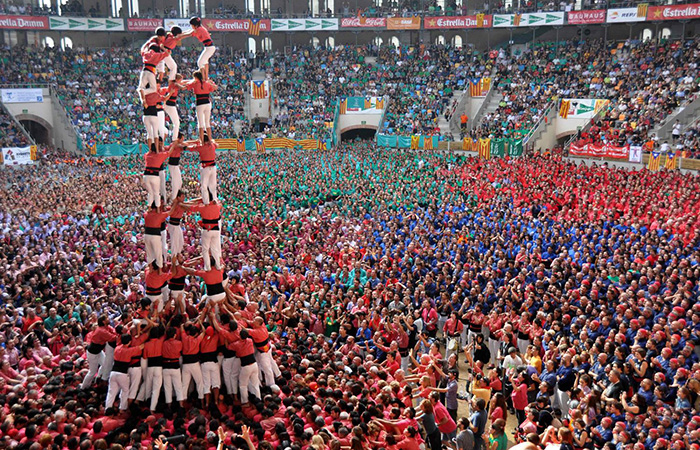
Castellers
Castells (the Catalan word for castles) is a cultural phenomenon particular to Catalonia consisting of erecting human towers. This tradition originated at the end of the 18th century in Valls, Tarragona, when rival groups of people or 'colles', began to compete in constructing the different kinds of human towers that we recognise nowadays.
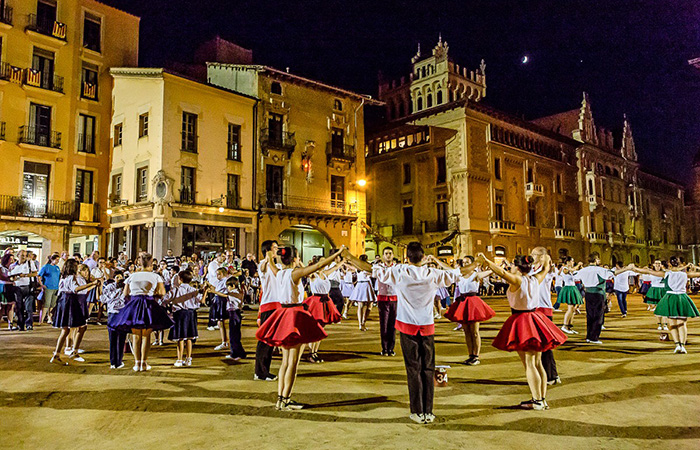
Sardanes
The sardana is a type of ancient folk dance, usually performed during festivities and is, in fact, considered the national dance of Catalonia. The dancers or sardanistes form a circle of alternating men and women, women standing to the right of the men and holding hands throughout the dance. The dance is performed to the sound of a live orchestra known as a cobla and has an introduction followed by a series of different dance movements.
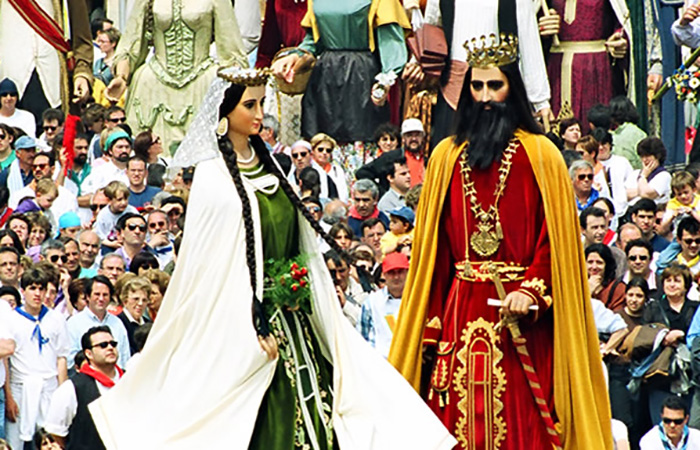
Gegants
Gegants are large figures typical of the processions during Catalan Festa Majors. They often represent monarchs, the nobility, characters dressed in traditional clothing or famous local people. The origin of gegants in Catalonia goes back to the 15th century, and the earliest documented occurrence is a Corpus Christi procession in Barcelona in 1424 in which an oversized figure of Goliath, accompanied by David and Saint Christopher, takes part in the parade.
Public Holidays
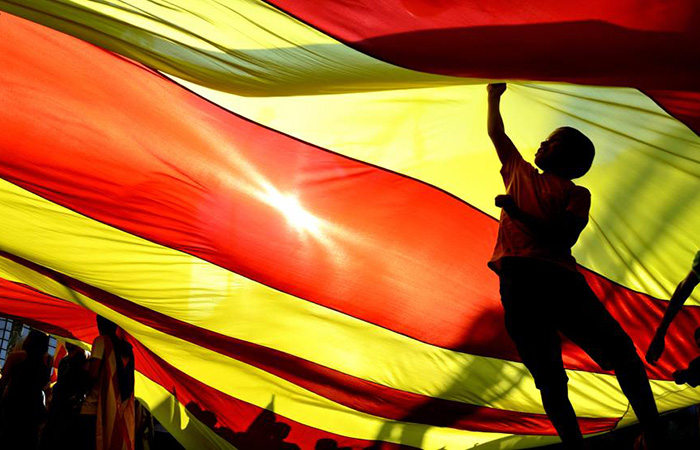
La Diada
11 September
The National Day of Catalunya is known as La Diada and is celebrated on September 11th every year to commemorate the loss of Catalonia's laws and institutions after the Siege of Barcelona in 1714. In 1980, the very first law passed by the restored Parliament of Catalonia declared La Diada de l'Onze de Setembre a Catalan national symbol.
One of the few articles in the Catalan Statute of Autonomy from 2006, remaining untouched by the Spanish Constitutional Court, is Article 8, which specifies September 11th as the National Day of Catalunya, Els Segadors as the national anthem and La Senyera as the flag.
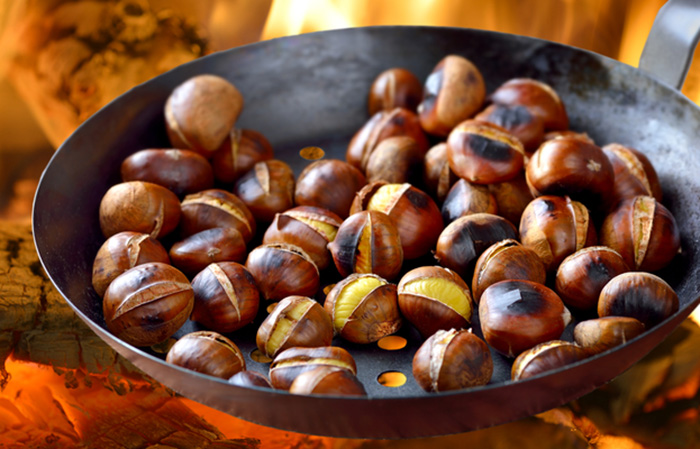
La Castanyada
31 October
The Castanyada is a Catalan folk tradition celebrated on All Saints’ Day to honour the dead and celebrate the coming of autumn. The origin of this festival is found in ancient burial rituals where families gathered around the table to eat typical autumn food, such as chestnuts – castanyas, sweet potatoes – moniatos or pumpkin - carabassa, and sweets (panellets), as they remember their dead. You might think it is weird to see so many stalls in the streets selling freshly roasted castanyas and moniatos, but make sure you try them, they are delicious!
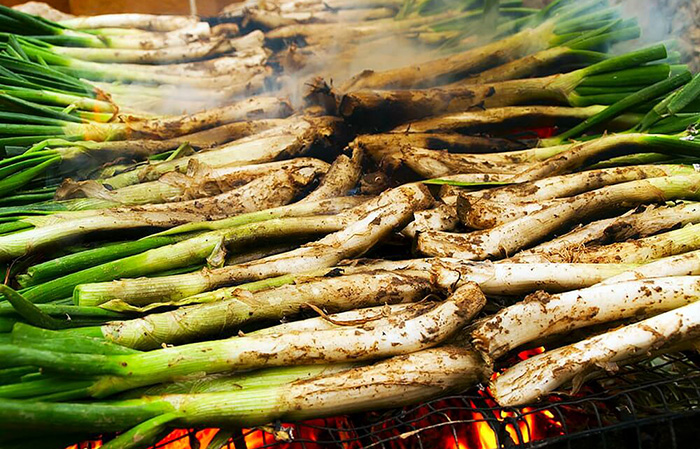
Calçotada
January to March
Catalonia has its unique culinary traditions, eating calçots being one of them. The Calçotada is a gastronomic event originating in Valls, Alt Camp, in the province of Tarragona. The event soon extended, however, to other provinces. Calçots are similar to leeks, larger than a typical green onion, and milder, too. They are prepared directly over a fire on a barbeque grill. The Calçotada is usually celebrated towards the end of the winter and beginning of spring.
Tourist office in Vic
Plaça del Pes, s/n, 08500 Vic, Barcelona
Monday to Friday: 10am-2pm / 4-8pm
Saturday: 10am-2pm / 4-7pm
Sunday: 10am-1.30pm
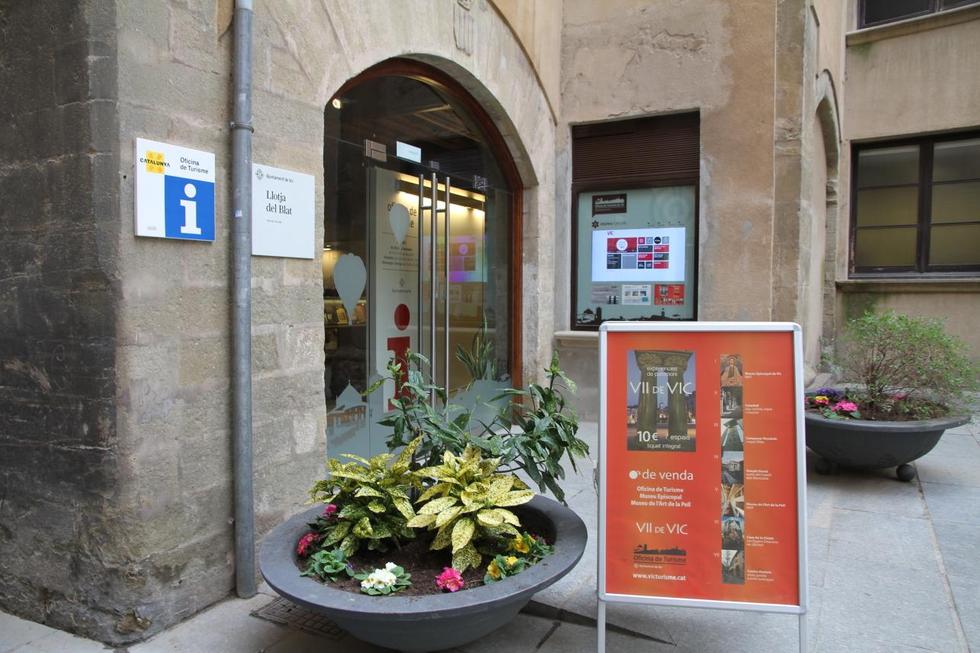
Osona Turisme
